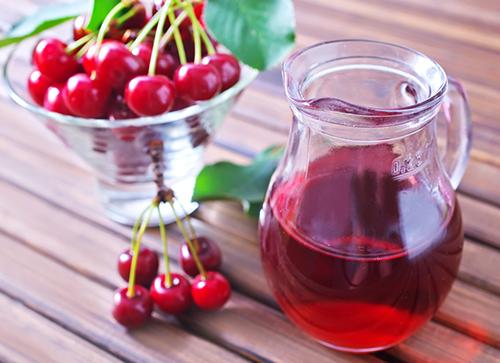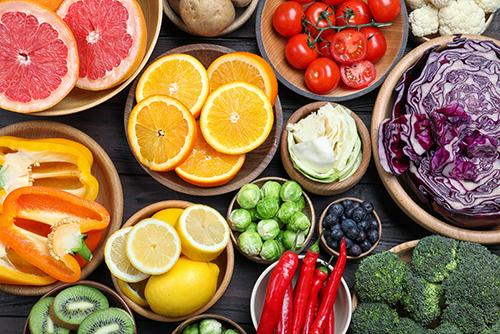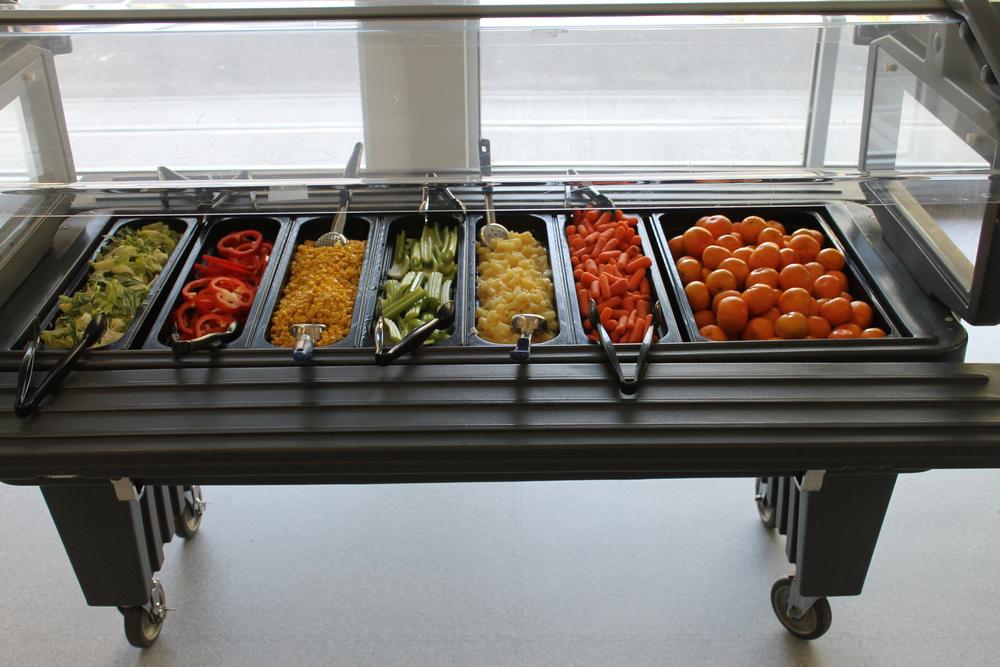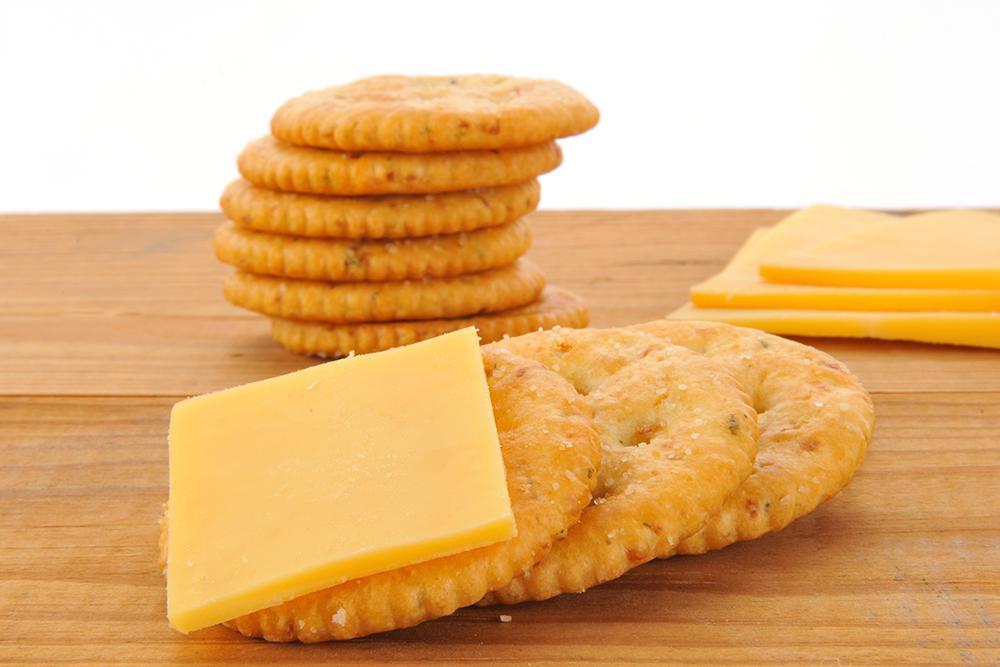 You may have heard of inflammation in popular news media lately and wondered if it could impact your athlete. Or maybe your athlete has been feeling more sore than usual and you’re not sure if that’s a good thing or a bad thing.
You may have heard of inflammation in popular news media lately and wondered if it could impact your athlete. Or maybe your athlete has been feeling more sore than usual and you’re not sure if that’s a good thing or a bad thing.
Inflammation sounds scary, but for athletes, it’s a natural part of the training and competition process. Here, TrueSport Expert Stephanie Miezin, MS, RD, CSSD, explains what inflammation really means for an athlete, why it’s not always a bad thing, and how to naturally lower levels of chronic inflammation.
Inflammation isn’t a bad thing
Inflammation is the natural and necessary process of the body trying to deal with an issue. It can come from many things: exercise, muscle damage or trauma, and the immune system removing pathogens in the body. We all think that inflammation is inherently bad, but it’s happening for a reason.
You may not want to decrease inflammation
Everyone wants to decrease inflammation, but there is a purpose for it. For things to heal and get better, inflammation needs to occur. For athletes, muscle damage occurs naturally through physical activity and the body’s repair process will generally include some sort of inflammatory process.
Your goals matter
If an athlete is training frequently and needs to recover quickly, decreasing some inflammation is useful. On the other hand, if somebody is prioritizing adaptation to exercise (lifting heavy at the gym, for example), that means letting that inflammatory process take its course, so it may be better to skip anti-inflammatory strategies.
Skip anti-inflammatory supplements
 There are a lot of anti-inflammatory foods like tumeric, tart cherry juice, and antioxidant-rich foods that have been shown to decrease different markers of inflammation. When it comes to antioxidants and anti-inflammatory foods, ‘food first’ is recommended. We’ve seen that with supplements, some research has found that increased inflammation or increased oxidation can occur, so the supplements are actually backfiring.
There are a lot of anti-inflammatory foods like tumeric, tart cherry juice, and antioxidant-rich foods that have been shown to decrease different markers of inflammation. When it comes to antioxidants and anti-inflammatory foods, ‘food first’ is recommended. We’ve seen that with supplements, some research has found that increased inflammation or increased oxidation can occur, so the supplements are actually backfiring.
It’s also important to remember that foods that are high in anti-inflammatories and antioxidants are generally good to eat regardless. For instance, foods that naturally contain the antioxidant vitamin C, like oranges, berries, or red peppers, contain so much more than just that one vitamin. They have beta carotene, which turns into vitamin A, and they have fiber and other phytonutrients.
Food can also cause inflammation
 While some foods can help lower inflammation, other foods can exacerbate it. Refined sugar—that’s added sugar, not natural sugar from fruit or grains—can increase inflammation. More specifically, the high glucose load that comes in when an athlete eats a lot of refined sugar can lead to increased oxidation, which can harm cells and lead to inflammation. If blood glucose is going out of a healthy range frequently, that can lead to inflammation that builds up over time. Saturated fat is also associated with increased inflammation, as are fried foods, particularly those fried in oil that’s been heated and cooled multiple times.
While some foods can help lower inflammation, other foods can exacerbate it. Refined sugar—that’s added sugar, not natural sugar from fruit or grains—can increase inflammation. More specifically, the high glucose load that comes in when an athlete eats a lot of refined sugar can lead to increased oxidation, which can harm cells and lead to inflammation. If blood glucose is going out of a healthy range frequently, that can lead to inflammation that builds up over time. Saturated fat is also associated with increased inflammation, as are fried foods, particularly those fried in oil that’s been heated and cooled multiple times.
…But athletes still need to eat
While refined sugars and fried foods might add to inflammation, it’s critical not to undereat in an attempt to avoid extra sugar. Instead, try to eat healthfully with whole foods—including plenty of unrefined or less refined carbohydrates—80 percent of the time. For young athletes who are really active, it might be difficult to meet all their energy needs with ultra-healthy foods, so focus on nutrient-dense sources like vegetables, protein, and whole grains in the appropriate quantities. If athletes are under-fueling, that’s going to lead to low energy availability and potentially poor immune system function and increased risk of infections.
Inflammation can’t be “cured” with food
Instead of looking to food to cure suspected inflammation issues, consider first where that inflammation may be coming from. For athletes, high training volume and intensity, especially for prolonged periods, could be the root of excessive inflammation. While dietary strategies may be able to help, they very likely won’t be as effective as focusing on adjusting training to better manage inflammation.
Inflammation is a moving target
Testing for inflammation, or even what the appropriate inflammation levels are, is difficult. There are some blood markers like C-Reactive Protein (CRP) and interleukin proteins 6, 8, and 10 that are used for research purposes, but even those are only part of the picture, and the ‘right’ level for people will vary. And even symptoms aren’t perfect indicators. Feeling sore is the obvious one for athletes, but even that might be related to delayed onset muscle soreness (DOMS) rather than systemic inflammation.
Inflammation shouldn’t be your focus
 Ultimately, the best offense for inflammation is a good defense. Rather than stressing about testing certain blood markers, take control of your training and fueling before it becomes a concern. Avoid overtraining and build your diet from colorful fruits and vegetables that are rich in antioxidants and fiber. Overall, people don’t need to be worrying about inflammation as much as they might think.
Ultimately, the best offense for inflammation is a good defense. Rather than stressing about testing certain blood markers, take control of your training and fueling before it becomes a concern. Avoid overtraining and build your diet from colorful fruits and vegetables that are rich in antioxidants and fiber. Overall, people don’t need to be worrying about inflammation as much as they might think.
___________________
Takeaway
To prevent inflammation, athletes should avoid overtraining and eat a whole food-based diet that contains plenty of colorful fruits and vegetables, protein, and whole grains. And remember: some inflammation is a good thing.



